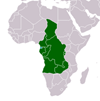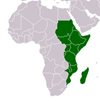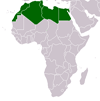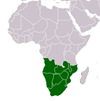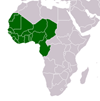Explaining development aid allocation by growth
Explaining development aid allocation by growth
Purpose – The purpose of this paper is to study a little researched relation: the relation from economic growth in a less developed country to the development aid it receives. Does economic growth influence donor aid allocation decisions? Design/methodology/approach – The authors’ apply two different methodologies. First, a quantitative and systematic review is presented of the literature of 30 empirical studies of aid allocation where a growth coefficient is estimated. Second, a primary study is presented of the data using a panel of 147 countries for the period 1967-2004. Findings – The growth-aid relation should be negative if humanitarian motives dominate aid allocation decisions. The result from both the meta-analysis and the primary data analysis suggests a very small effect between lagged growth and aid allocations, with a dominating positive sign. This result appears to be driven partly by the large development banks. Originality/value – No attempt has previously been made to summarize the literature on growth as a motive for giving aid. This paper offers the first attempt to do so, by presenting a meta-analysis of the empirical literature, as well as analysis of the primary data.
CITATION: Doucouliagos, Hristos. Explaining development aid allocation by growth . : Emerald , 2013. Journal of Entrepreneurship and Public Policy, Vol. 2, No. 1, 2013, pp. 21-41 - Available at: https://library.au.int/explaining-development-aid-allocation-growth-3

